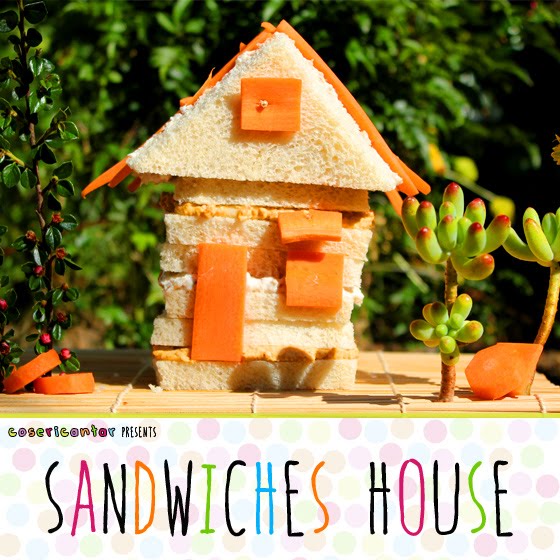WIKI NOTE: The plant is indigenous to South America and is said to originate from the area between southern Brazil and Paraguay; The natives of southern Brazil and Paraguay spread the pineapple throughout South America, and it eventually reached the Caribbean, Central America and Mexico, where it was cultivated by the Mayas and the Aztecs.
Columbus encountered the pineapple in 1493 on the leeward island of Guadeloupe. He called it piña de Indes, meaning "pine of the Indians", and brought it back with him to Europe. The Spanish introduced it into the Philippines, Hawaii (introduced in the early 19th century, with the first commercial plantation in 1886), Zimbabwe, and Guam. The Portuguese took the fruit from Brazil and introduced it into India by 1550.
Columbus encountered the pineapple in 1493 on the leeward island of Guadeloupe. He called it piña de Indes, meaning "pine of the Indians", and brought it back with him to Europe. The Spanish introduced it into the Philippines, Hawaii (introduced in the early 19th century, with the first commercial plantation in 1886), Zimbabwe, and Guam. The Portuguese took the fruit from Brazil and introduced it into India by 1550.
PINEAPPLE COCONUT SLUSHIE
YOU WILL NEED: *vegan recipe
3 or 4 slices of natural pineapple, sliced pineapple in light syrup or pineapple chunks (small can - 227g)
A generous handful of grated coconut
2 teaspoons of panela sugar or unrefined cane sugar, to taste
3 cups of pineapple juice or water (half liter ish)
A tray of ice cubes
NOTE: The recipe is for a jar.
A generous handful of grated coconut
2 teaspoons of panela sugar or unrefined cane sugar, to taste
3 cups of pineapple juice or water (half liter ish)
A tray of ice cubes
NOTE: The recipe is for a jar.
LET´S COOK!
1. Peel the pineapple. Cut it into slices and put it into the blender measuring cup. Add brown sugar, grated coconut, and a splash of pineapple juice or water. Mix it well with the blender.
2. Smash a bunch of ice cubes. Add the smashed ice cubes, and pineapple juice and continue mixing until everything is well crushed. If you do not like the pulp, you have to strain it.
3. Serve in glasses with straw. Sprinkle-grated coconut on the top of each glass.
NOTE: Put the glasses in the freezer for a while, so the pineapple slushie will be cold.
-------------------------------------------------------------------------------------
-------------------------------------------------------------------------------------
- RELATED POSTS


















